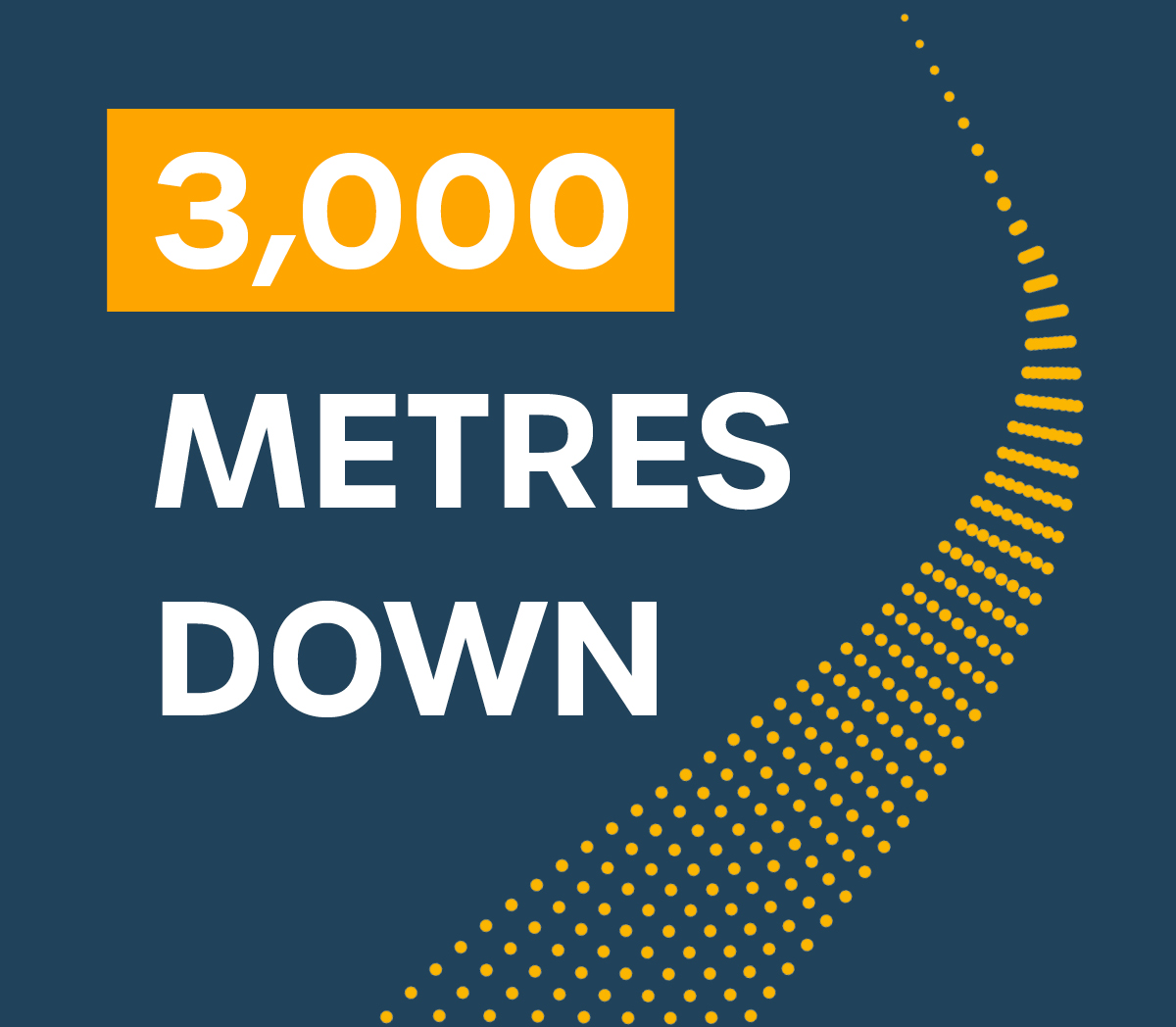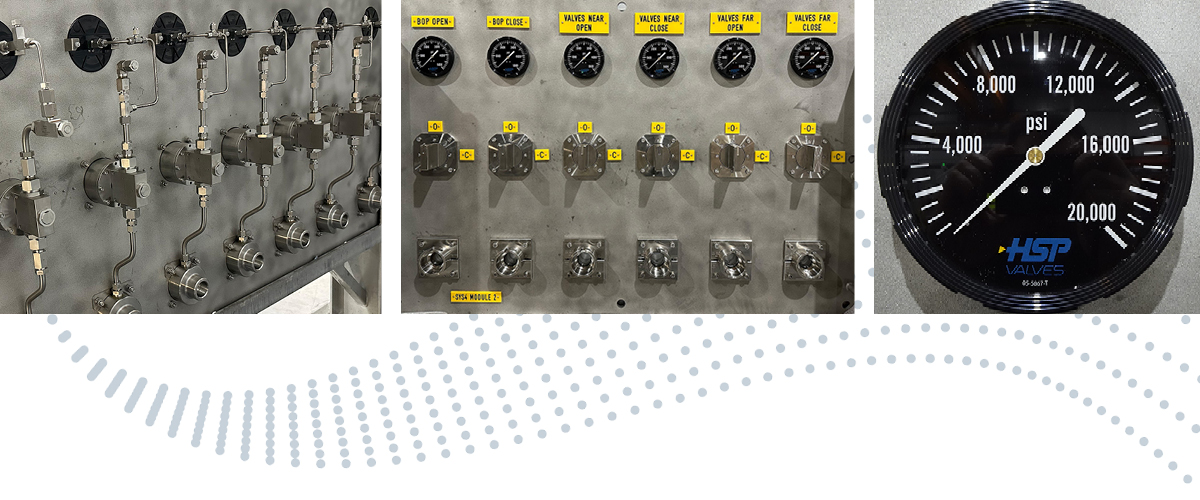There’s no doubt how important subsea blow-out preventers (BOPs) are when it comes to offshore drilling. Their failure, and the resultant loss of life and environmental damage, have been well documented. But as oil and gas exploration goes to ever-deeper waters, in more unforgiving environments, and in increasingly remote locations, the safe and reliable performance of BOP systems continues to be a key priority.
It’s in this context HSP was commissioned by a global company specialising in on and offshore well control to upgrade the valves on the ROV panels of a BOP capping stack system. So in the event the well is compromised in any way, the valves can be operated manually or remotely to shut off the flow of fluids, not only protecting the lives of those on the rig on the sea surface but also preventing environmental harm.


